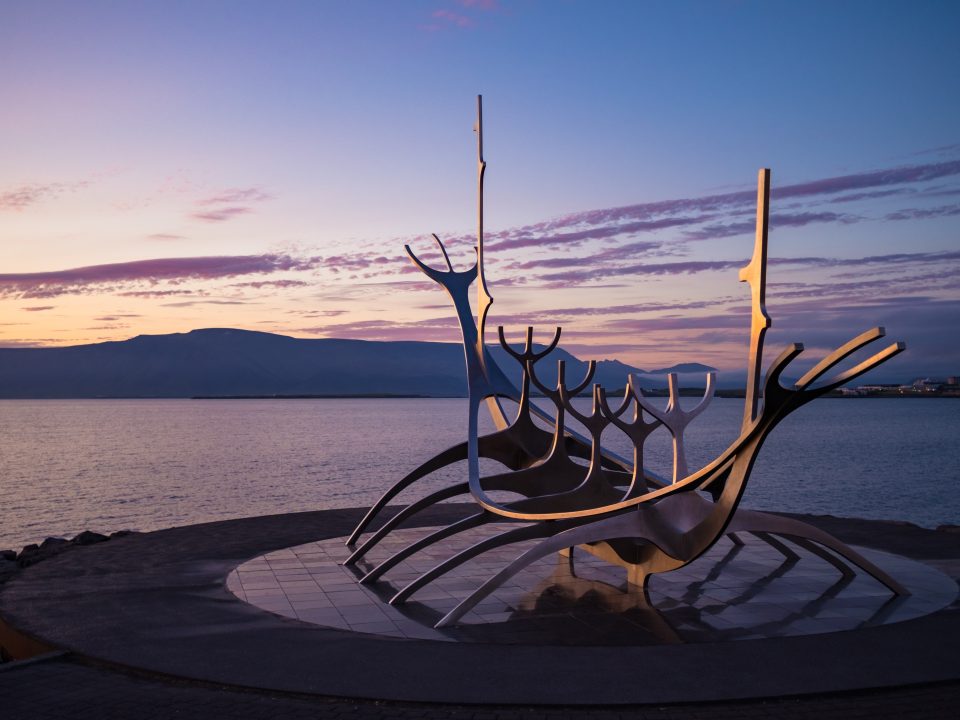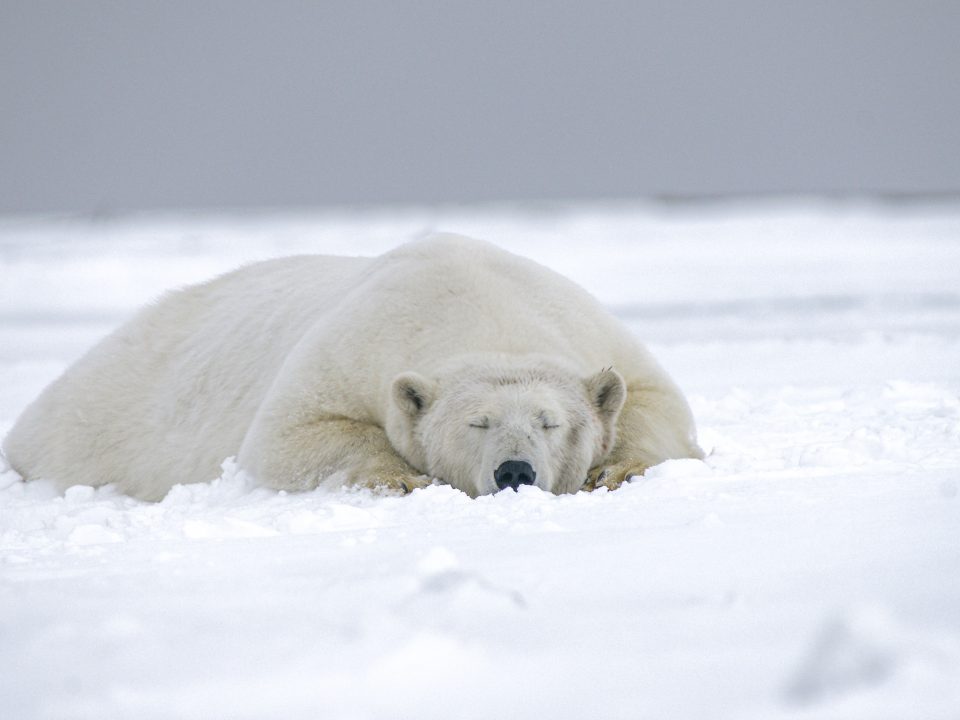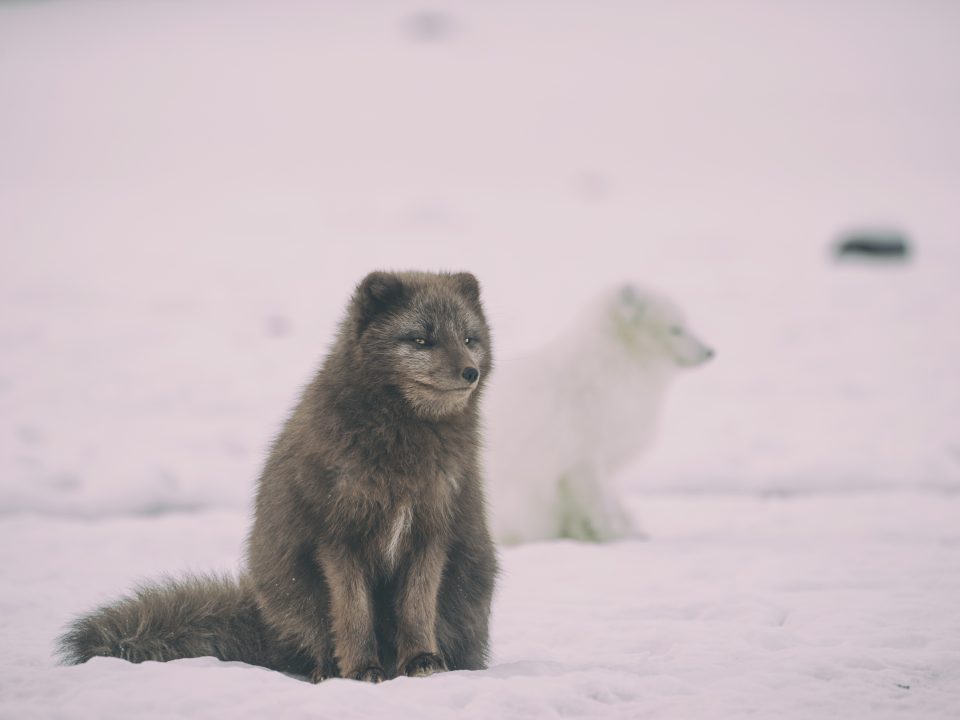ICELAND’S SEASONS

TOP ACTIVITIES IN ICELAND
June 11, 2021
10 REASONS TO COME TO ICELAND
June 30, 2021Summer’s in Iceland! Since the summer solstice was only a few days ago and the midnight sun keeps on going, you should learn more about the seasons in Iceland.
Icelanders often say “If you don’t like the weather, just wait 15 minutes.” Indeed, the weather can change pretty fast, from a clear sunny sky to snow, making it very unpredictable. This is especially due to Iceland’s geography. The island is isolated in the Atlantic Ocean, actually closer to Greenland than Europe. Surprisingly, it is not part of the Arctic Pole. Only Grimsey Islands in the North are part of it! Still, the windchill can be pretty tricky sometimes so even if the temperatures are not so low, the wind will make you feel colder. The North, the East but also the Interior usually have colder winter temperatures and surprisingly warmer summers than the rest of the country. Check out https://vedur.is, the official website for weather forecast in Iceland.
Let’s learn more about the seasons, the temperatures and the hours of daylight and also what are the best activities according to the season. However, know that some activities can be done all-year round, others won’t be available whether it is during winter or summer.
WINTER: December, January, February
During winter, the days are shorter. Indeed, in December and January there are only around 5 hours of daylight. The temperatures are pretty low, around -0,5°C in Reykjavik, but let’s keep in mind that the wind can make you feel much colder. Consequently, you should be prepared to wear multiple warm layers. However, it is not as cold as we could expect or as it is in other winter destinations. This is mainly due to the Gulf Stream, a warm and swift Atlantic current.
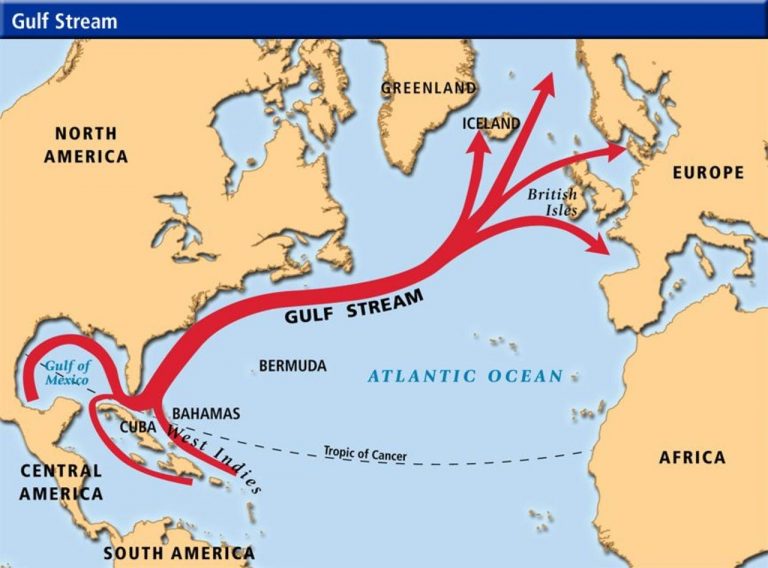
Winter is ideal for:
- Ice caving
- Ice climbing
- Snowmobiling
- Northern Lights hunting
- ATV activities in the snow
- Drinking hot chocolate in bars
- Experiencing geothermal pools and spas
- Celebrating Christmas and New Year Eve.
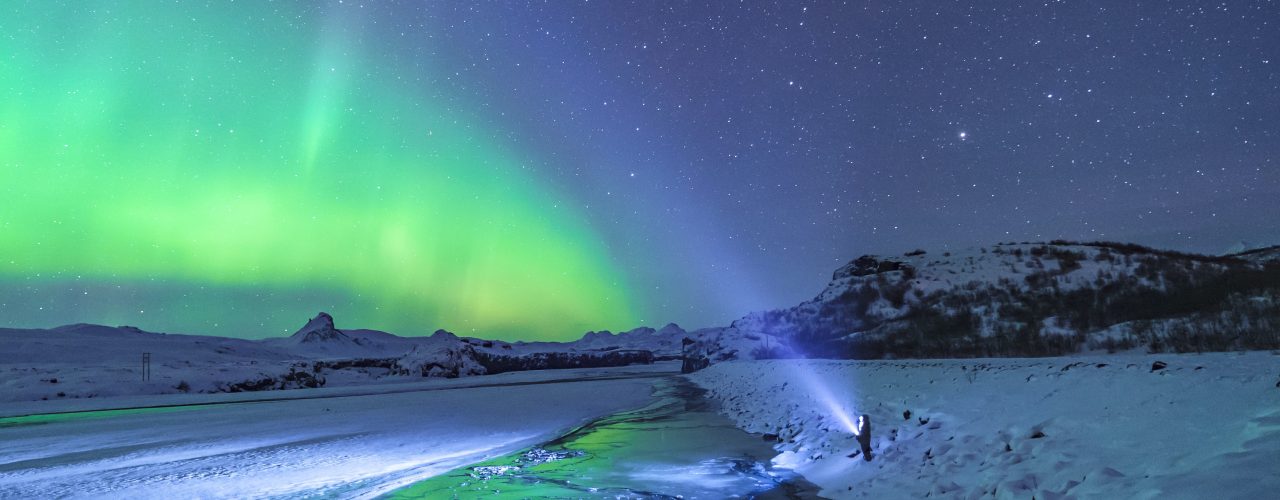
Note that some places might not be accessible during winter. Many F roads (mountain roads) are closed due to weather conditions.
- December 1: sunrise is at 10:45am, sunset is at 3:45pm
Average temperature in December: Maximum of 2.2 °C | Minimum of 2.8 °C. Precipitation: 7.8 cm - January 1: sunrise is at 11:20am, sunset is at 3:40pm
Average temperature in January: Maximum of 1.9 °C | Minimum of -3 °C. Precipitation: 7.6 cm - February 1: sunrise is at 10:10am, sunset is at 5:15pm
Average temperature in February: Maximum of 2.8 °C | Minimum of 2.1 °C. Precipitation: 7.1 cm
SPRING: March, April, May
Say goodbye to the snow and say hello to longer days and greener landscapes. Even though March is still considered as a winter month for some, the snow slowly starts melting at the end of the month. The days are longer, green landscapes slowly appear, flowers bloom and animals can be found all across the country. Note that prices are lower than during summer, allowing you to enjoy good days. It’s a good time to visit Iceland since it is a middle ground between all of the other extreme seasons. The temperatures are slowly rising as well. However, spring is short in Iceland and some might say that it doesn’t even exist in the country.
Spring is ideal for:
- Whale watching
- Birds watching
- Horseback riding
- Diving
- City walks
- Visiting
- Discovering landscapes
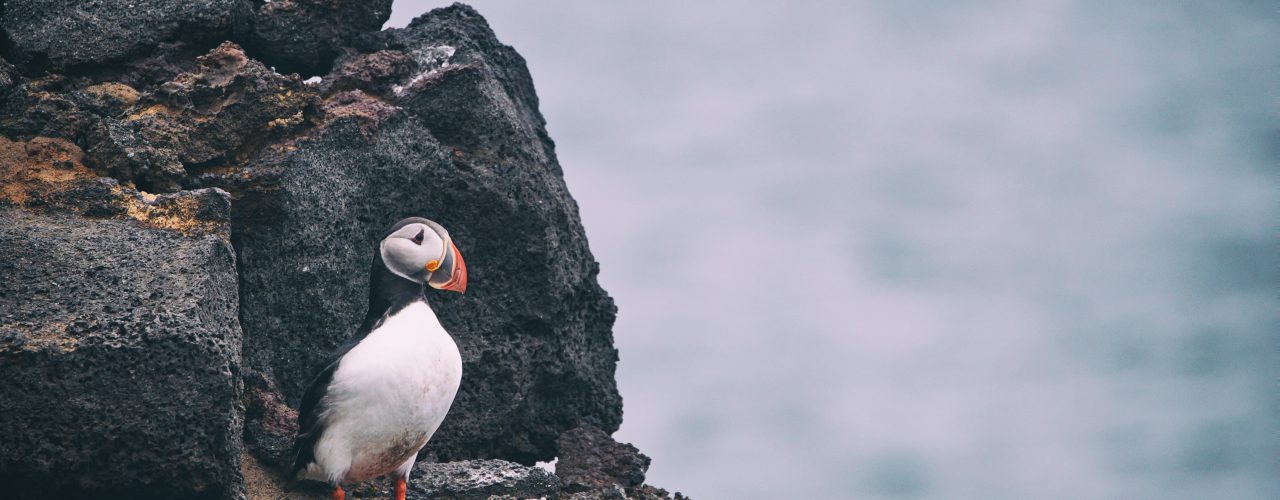
- March 1: sunrise is at 8:35am, sunset is at 6:45pm
Average temperatures in March: Maximum of 3.2 °C | Minimum of 2 °C. Precipitation: 8.2 cm - April 1: sunrise is at 6:45am, sunset is at 8:20pm
Average temperature in April: Maximum of 5.7 °C | Minimum of 0.4 °C. Precipitation: 4.3 cm - May 1: sunrise is at 5:00am, sunset is at 9:55pm
Average temperature in May: Maximum of 9.4 °C | Minimum of 3.6 °C. Precipitation: 4.3 cm
SUMMER: June, July, August
Summer is a great time to visit Iceland. The days are very long with almost no darkness, the longest day being around the 21st of June for the Summer Solstice. With the midnight sun along with higher temperatures (from 5°C to 15°C), summer is the favorite season for visitors. Consequently, it is the most crowded time to come to Iceland. But no worries, the long summer days will allow you to visit places from early to very late at night: more time to discover! Some people even prefer to sleep during the day and visit places at night in order to enjoy the long-lasting golden hour and less crowded places. Those beautiful long sunsets will allow you to take beautiful pictures! Surrounded by wildlife, birds and purple Lupine flowers, you’ll discover a colorful Iceland. Despite its name, Iceland is actually very green during summer. Some say that Greenland and Iceland should have switch name, since Greenland is widely covered by ice whereas Iceland becomes covered with green.
Summer is ideal for:
- Visiting waterfalls
- Exploring landscapes and towns
- Go for a hike
- Camping
- Kayaking
- Enjoying the city and the festivals
- Enjoying the midnight sun and the long-lasting golden hour for pictures
- ATV tours
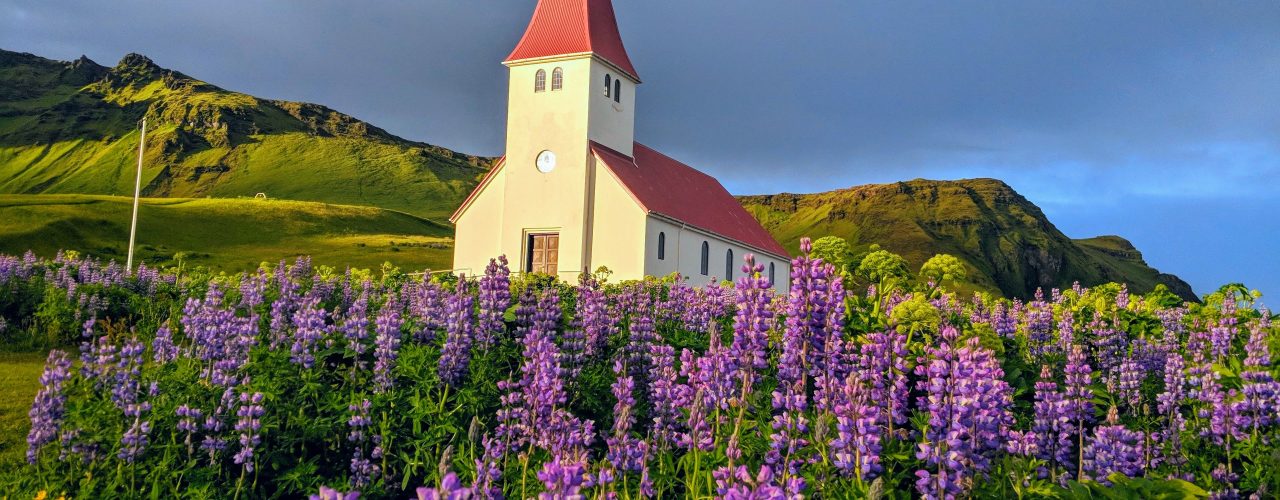
- June 1: sunrise is at 3:30am, sunset is at 11:30pm
Average temperatures in June: Maximum of 11.7 °C | Minimum of 6.7 °C. Precipitation: 4.5 cm - July 1: sunrise is at 3:05am, sunset is 11:55pm
Average temperatures in July: Maximum of 13.3 °C | Minimum of 8.3 °C. Precipitation: 5.1 cm - August 1: sunrise is at 4:35, sunset is at 10:30pm
Average temperatures in August: Maximum of 13 °C | Minimum of 7.9 °C. Precipitation: 6.1 cm
FALL: September, October, November
Just like spring, fall is short in Iceland. The temperatures are cooler (from 0° to 10°) and the daylight is slowly back to normal. From September, you’ll be able to hunt Northern Lights! Prices are better than they were during summer and you can still enjoy beautiful days. The colors of the fall perfectly fit Iceland, sometimes mixed up with snow and ice for even better contrasts. Be careful though, even if the temperatures are lower, the wind can be strong and the weather can still be unpredictable. Get ready to dress accordingly since heavy rain can appear when you don’t expect it.
Fall is ideal for:
- Hiking
- Boat tours on Jokulsarlon glacier lagoon
- Discovering colorful and icy landscapes (half icy half normal)
- Glacier hikes
- City sightseeing
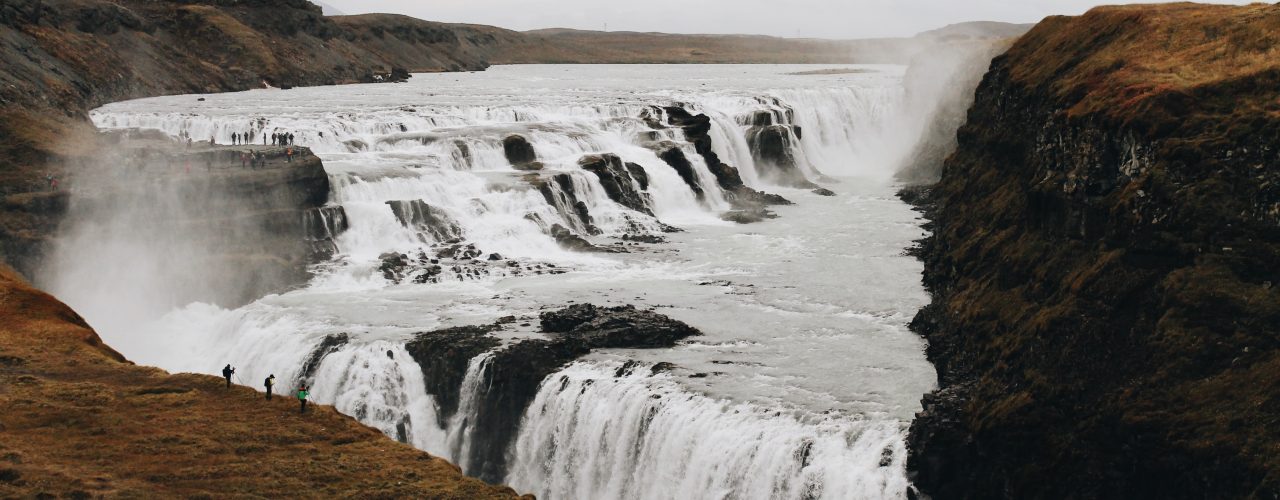
- September 1: sunrise is at 6:10am, sunset is at 8:45pm
Average temperatures in September: Maximum of 10 °C | Minimum of 5 °C. Precipitation: 6.6 - October 1: sunrise is at 7:35am, sunset is at 7:00pm
Average temperatures in October: Maximum of 6.8 °C | Minimum of 2.2 °C. Precipitation: 8.6 cm - November 1: sunrise is at 9:10am, sunset is at 5:10pm
Average temperatures in November: Maximum of 3.4 °C | Minimum of -1.3 °C. Precipitation: 7.3 cm

